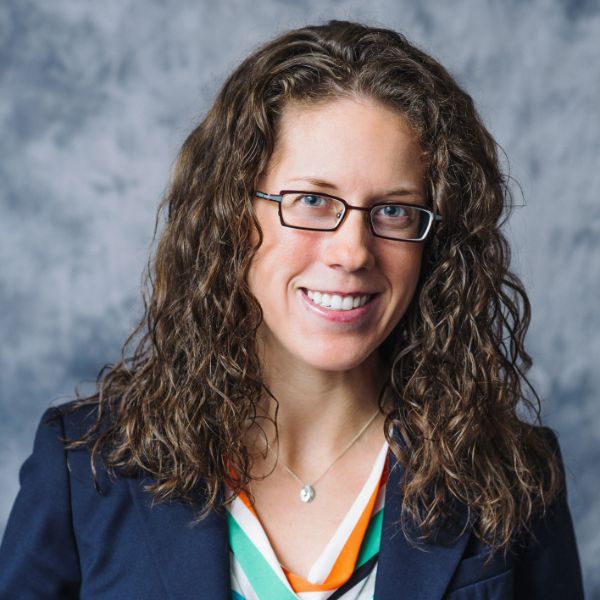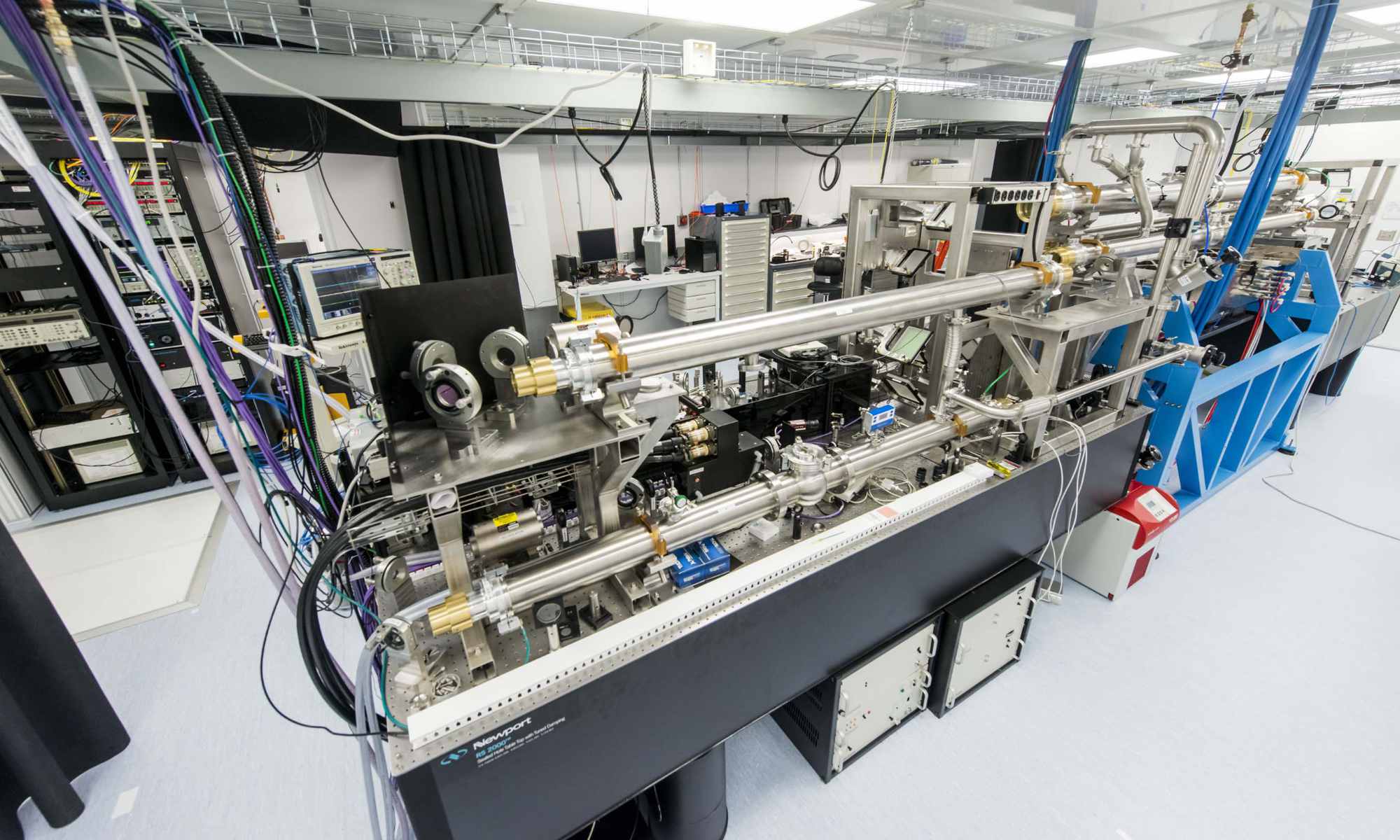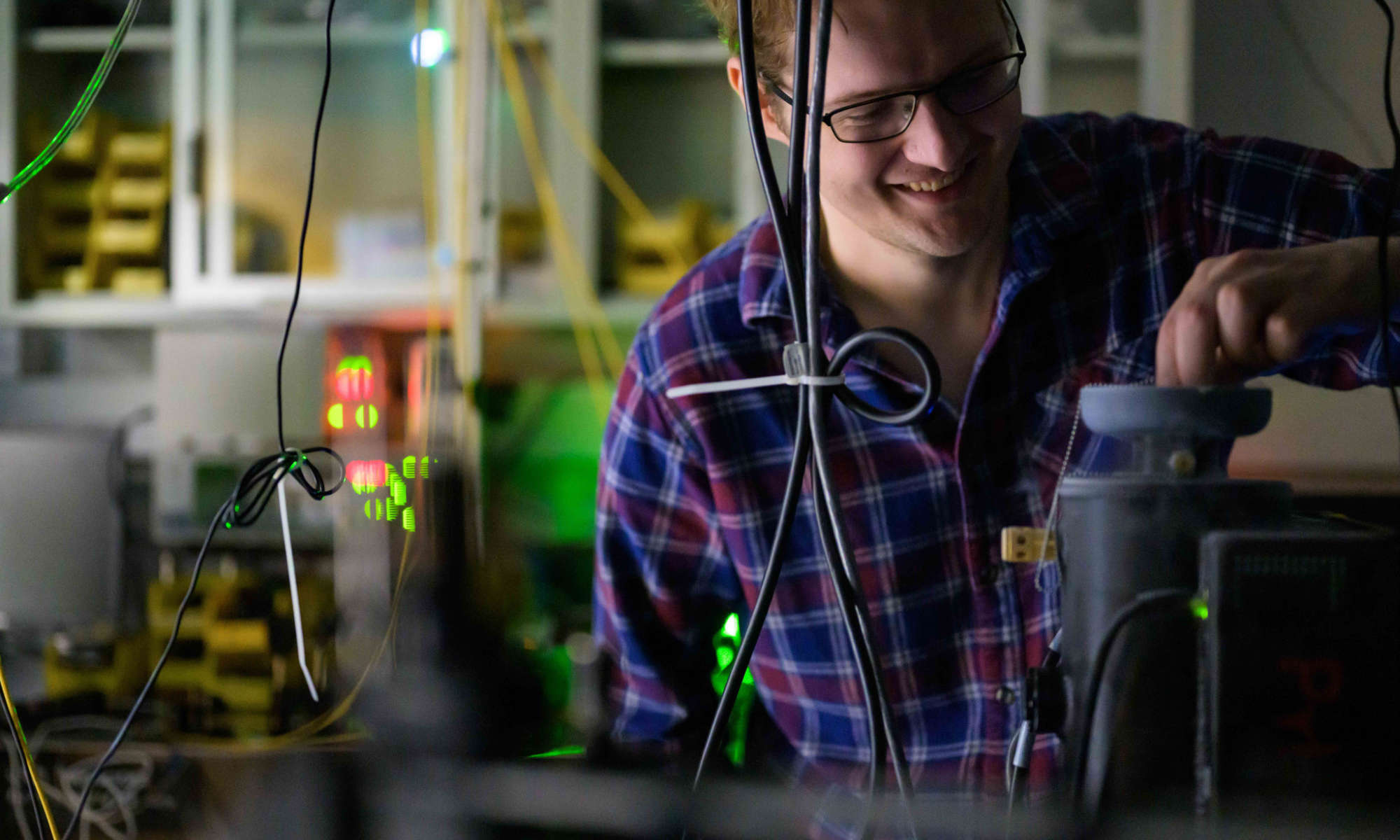A new Department of Defense contract taps Rochester’s expertise in pulsed lasers for national defense efforts.
The University of Rochester’s Laboratory for Laser Energetics (LLE) has been awarded a $14.9 million contract with the US Department of Defense (DOD) to study pulsed-laser effects. In addition to supporting the LLE’s scientific mission, the funding—which approximately doubles the annual funding the University has received from the DOD in recent years—will aid in advancing technology and developing a pipeline of talent to support the broad use of laser-based, directed-energy systems.
“History has shown how US technology has enabled new knowledge and has responded rapidly to emerging national security imperatives,” says Chris Deeney, director of LLE. “Key to such successes are talented scientists and engineers. We look forward to engaging in innovative science and technology programs while training the next generation of scientists and engineers.”
US policy promotes the development of defense capabilities to counter a full range of missile threats. Federal investments in innovative technologies, including pulsed lasers, could lead to breakthrough systems to meet these strategic needs.
Rochester is uniquely poised to support and enhance the US government’s national security efforts in laser science and technology. In addition to housing the two largest lasers in academia, LLE is where chirped-pulse amplification (CPA) was developed by Donna Strickland ’89 (PhD) and Gérard Mourou, who jointly received the 2018 Nobel Prize in Physics for their discovery. CPA is a technique for creating ultrashort, yet extremely high-power laser pulses. Since the 1980s, CPA technology has paved the way for more compact and precise high-intensity laser systems, as well as innovations such as bladeless Lasik.
The DOD funding also leverages the leading role that LLE plays in education and workforce development. LLE hosts more than 100 students annually to work on laser technology and laser-material interactions, and engages with industry on systems engineering for complex laser technologies and with other academic teams on research and development.
US Senator Charles Schumer says, “The research conducted at University of Rochester’s Laser Lab is vital to both our national security and to the regional economy, employing hundreds of scientists and bringing millions of dollars into the Rochester area. With this contract, the University will not only further their cutting-edge research, but also ensure that Rochester will remain a hub for talented scientists and engineers from across the country. I’m proud to have secured the millions of dollars in funding in the FY23 appropriations bill to make this collaboration between the Department of Defense and University of Rochester possible, and I’ll remain laser-focused to ensure the workers and students are supported for years to come.”
Says US Senator Kirsten Gillibrand, “The University of Rochester remains at the forefront of research and development efforts to advance our national security interests. The development of hypersonic threats is pushing our air defenses to the limits and the development of new technology to protect the homeland is critical. As a member of the Senate Armed Services Committee, I have been proud to support the University’s leadership in this space, and I will continue to advocate for the necessary resources to continue this groundbreaking research.”
Says US Representative Joe Morelle, “This award recognizes the University of Rochester’s world-class educational expertise and further cements their position as a leader in groundbreaking scientific research and specialized workforce development. A member of the Appropriations Committee, I’m committed to finding the resources our local innovators need to succeed in scientific discovery. I am grateful to the Department of Defense for choosing Rochester for this investment and congratulate the U of R on this momentous achievement.”
About the University’s Laser Lab
LLE was established at the University in 1970 and is the largest US Department of Energy university-based research program in the nation supported by the National Nuclear Security Administration as an integral part of its Stockpile Stewardship Program. The LLE also receives annual support from the State of New York.
As a center for the investigation of the interaction of intense radiation with matter, LLE is a unique national resource for research and education in science and technology. Current research includes exploring fusion as a future source of energy, developing new laser and materials technologies, and better understanding high-energy-density phenomena. In addition to its vital roles in various areas of scientific research and its support of the local high-tech economy, LLE plays an important role in educating the next generation of scientists and engineers.
As the DOE National Laser Users’ Facility (NLUF), LLE hosts scientists and students from across the nation and around the world to carry out fundamental research, training, and education. Additional facility access for qualified external researchers is made possible through LLE’s participation in LaserNetUS.
Read more
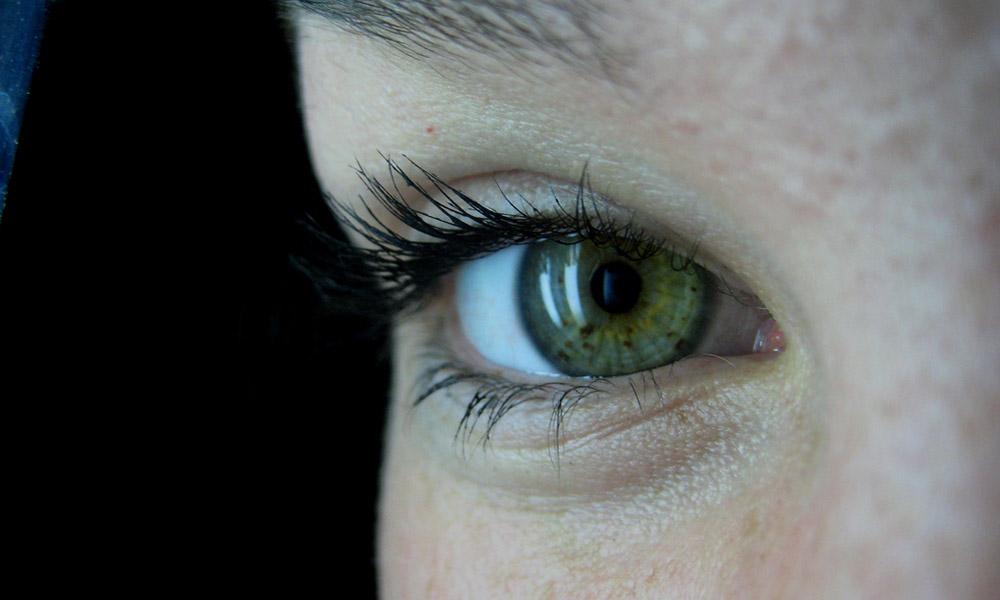 Chirped-pulse amplification: 5 applications for a Nobel Prize–winning invention
Chirped-pulse amplification: 5 applications for a Nobel Prize–winning invention
Every time you pick up your smartphone, you are holding a product made possible by a Nobel Prize–winning technology developed at the University of Rochester.
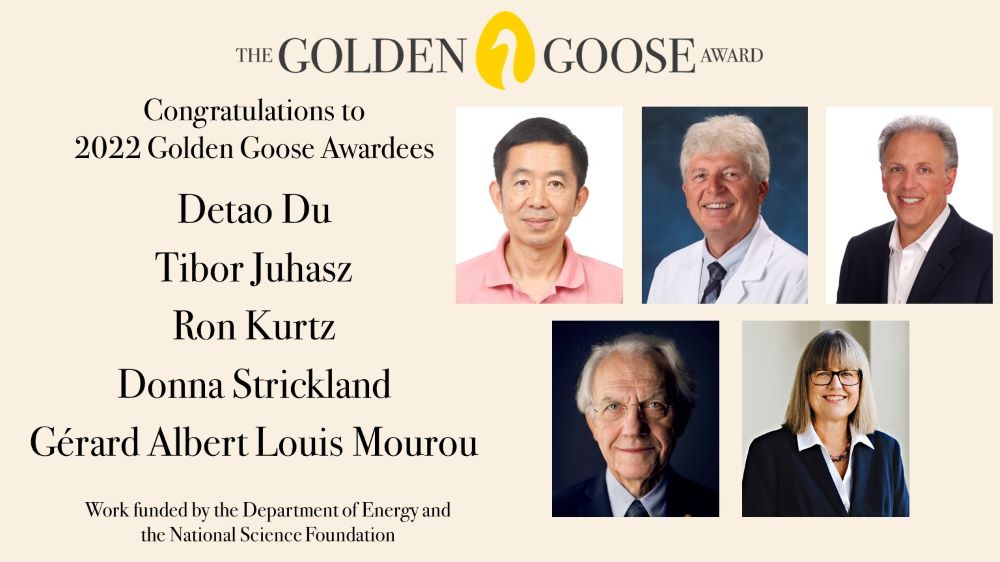 Developers of bladeless LASIK earn AAAS Golden Goose Award
Developers of bladeless LASIK earn AAAS Golden Goose Award
The world’s largest multidisciplinary scientific society has honored the the contributions of a five-member team, including Donna Strickland and Gérard Mourou, to the field of corrective eye surgery.
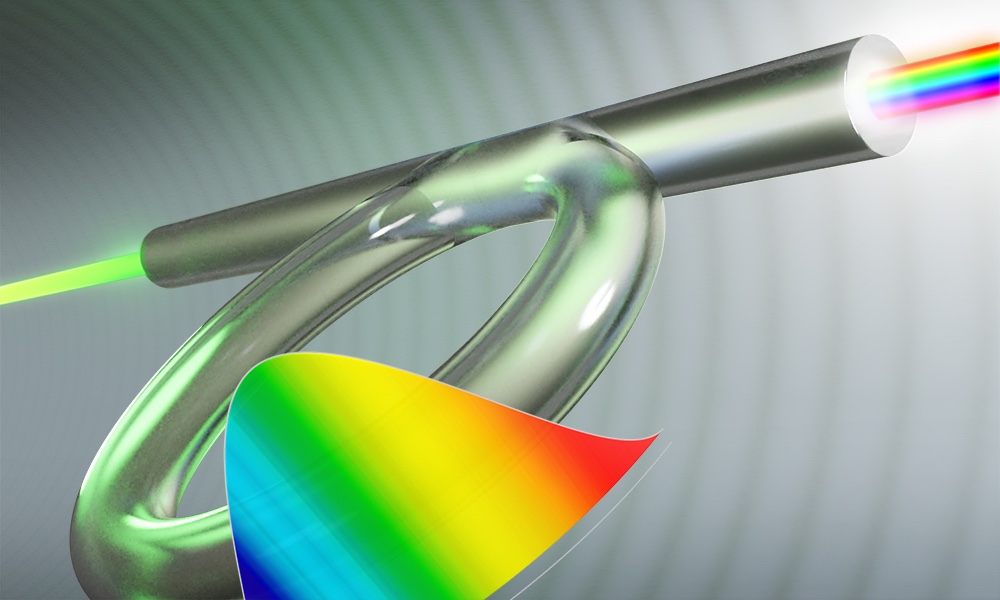 Novel chirped pulses defy ‘conventional wisdom’
Novel chirped pulses defy ‘conventional wisdom’
Rochester researchers have produced chirped pulses in a way that works with relatively low-quality, inexpensive equipment.

